Learn the five seasons of the Ojibwe calendar
At WWF-Canada, we believe that ecological restoration is not possible without reconciliation between Indigenous and non-Indigenous people, and we see Indigenous language revitalization as a part of this process.
As we (finally) enter springtime, we wanted to share some language lessons from Ninaatig, a teacher of Anishnaabemowin at the Native Canadian Centre of Toronto and Toronto District School Board, about the five seasons in the Ojibwe calendar: Ziigwan, Minookimi, Niibin, Dagwaagi and Biboon.
We recognize that Anishinaabemowin is not the only Indigenous language spoken by the original inhabitants of this land historically or presently, and we will be exploring ways to share more knowledge in and about these other languages.
Miigwetch, Ninaatig!
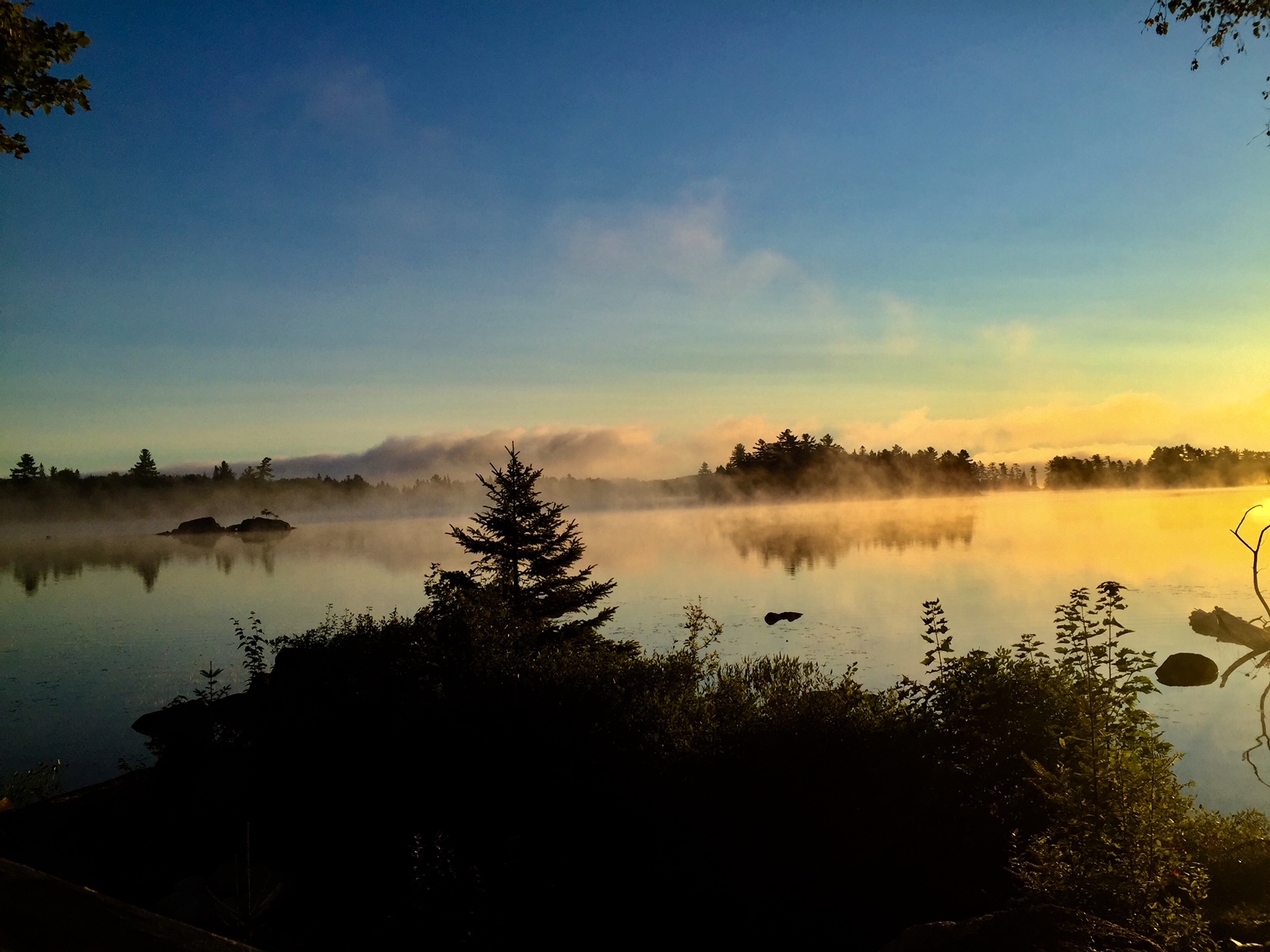
Ziigwan
Ziigwan is one of the five seasons known to the Anishinaabeg. In English, we might call this early spring. This season is marked by warm days and cool nights when the sap freezes during the night and thaws in the day, allowing the sap to flow. If you listen to the trees at this time, you can hear the trees crackling as the sap flows.
The word aabawaa, which can translate to “it’s mild” in English, is used during this season. This word describes the loosening of winter’s grip on the landscape. Aabawaa, according to the late Basil Johnston, is also connected to a word for forgiveness: aabwendamowin — describing a loosening of thoughts and feelings toward another.
Ziigwan is also a time for those who follow Midewin practices to participate in a tradition known as webnigewin — a time of letting go. This is done when the ice begins to loosen its grip on the waters and they begin to flow freely. Ziigwan refers to the flows found in this season.
Ziigwan (Ziig-gwan) — it is early spring
Aabawaa (Aab-ba-waa) — it is mild weather
Aabwendamowin (Aab-wend-da-mo-win) — forgiveness
Webnigewin (Web-ni-ge-win) — a traditional Midewin practice of letting go
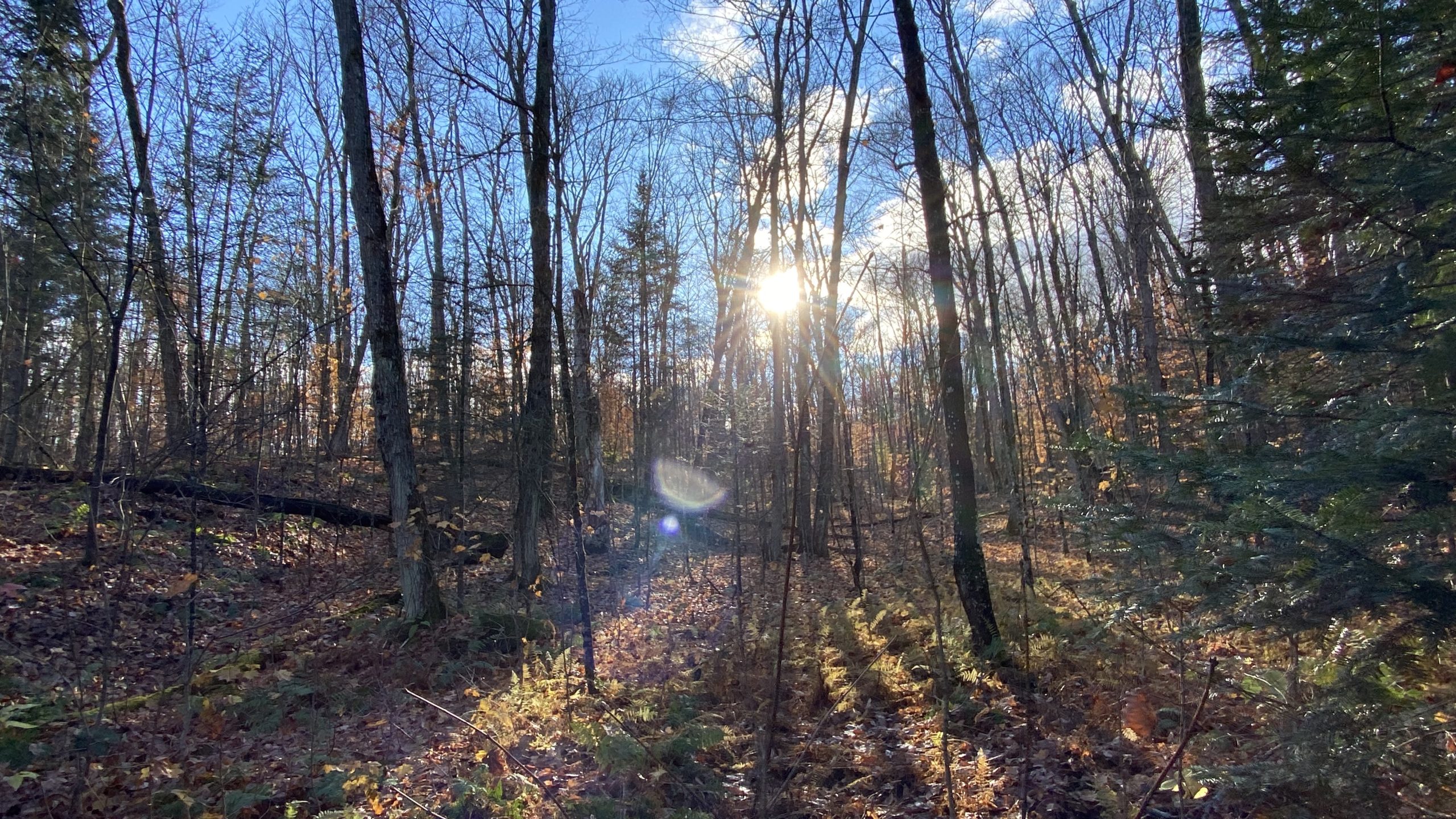
Minookimi
Minookimi is the second spring recognized in Anishinaabemowin. In English, we might call this late spring. This season is marked by the soft earth created by melting snow and rains. One understanding of minookimi points out the word nookaa which can be translated as “it is soft” and the word aki meaning “earth” being embedded into this word. Minookimi is the time to work with the soft earth to plant our gardens.
Another understanding of the word Minookimi brings together three smaller words: mino, meaning “good;” aki, meaning “earth;” and mi, meaning “to have.” Not only is it a good time to plant our gardens, but also to harvest the medicines; for some medicines late spring is when they are the most potent. The word for medicine is mishkiki and can be broken down to mishki for “strength,” and ki for “the earth” making medicine the strength of the earth. The bear, makwa in Anishinaabemowin, is considered to be a healer to the Anishinaabeg — holding the knowledge of the medicines. Minookimi is when Makwa begins to look for Mishkiki.
Minookimi — mi-nook-ki-mi — it is late spring
Nookaa — noo-kaa — it is soft
Aki — a-ki — earth
Mino — min-no — good
Mishkiki — mishk-ki-ki — medicine
Makwa — ma-kwa — bear
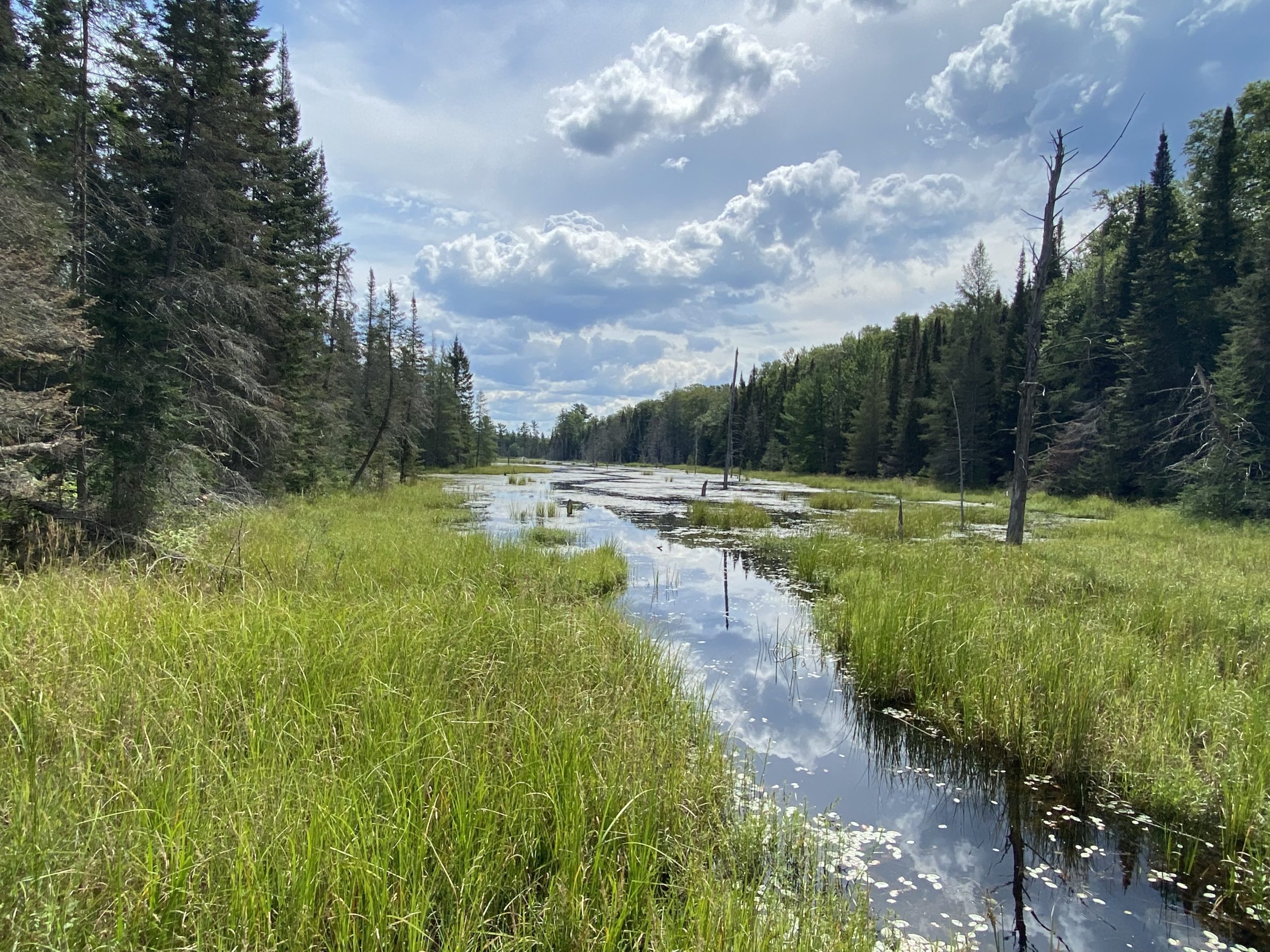
Niibin
The summer season, or Niibin as it is known in Anishinaabemowin, is a season of plenty. There is plenty of food, flowers, medicine. The summer brings plenty of visits by Nimkiig — the thunderers — to cool us off and bring rains after plenty of hot and humid days. For Anishinaabeg, the visits of the Nimkiig can be a blessing, which is why Anishinaabeg might pray and make offerings of Semaa (tobacco) to the Nimkiig.
In Anishinaabe lore, there is not just one type of thunder recognized. By their sounds, they are known — the ones that will strike the earth, the ones in search for something, and the ones that will leave behind nagwaaganan (rainbows). In the summer, there is a lot of travel across Anishinaabe territory.
There is an abundance of beauty to be observed as the summer is marked by longer days where people can go further and to places that seemed inaccessible in the winter season. The Anishinaabe word for summer, Niibin, is related to the Anishinaabe word for a lot, plenty of, an abundance of —Niibina or Niibowaa.
Niibin (Nii-bin) — It is summer
Nimkii (Nim-kii) — Thunderer
Semaa (Se-maa) — Tobacco
Nagwaagan (Na-gwaa-gan) — Rainbow
Niibina (Nii-bin-na) — a lot, plenty, an abundance
Niibowaa (Nii-bo-waa) — a lot, plenty, an abundance
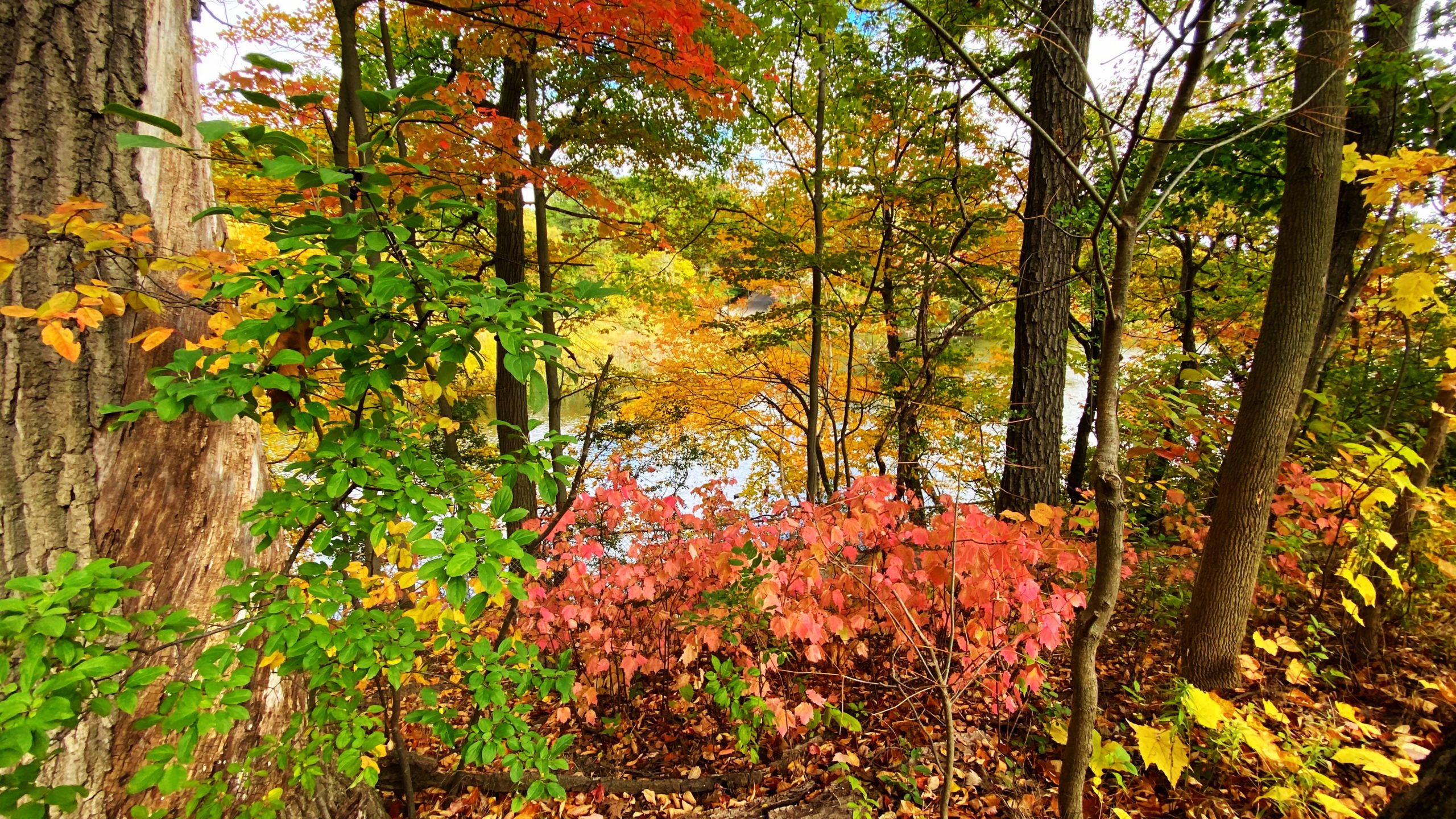
Dagwaagi
Fall is not the season one might automatically think of as a time to plant, but it is the ideal time to prepare for the coming winter and spring. Dagwaagi or Dagwaagin, the Anishinaabe word for fall, reminds us of this time. Dagwaagi refers to the growth that plants make during this time.
It is a good time to plant trees and shrubs that will use this time to set their roots before hibernating for the winter. It is also the time to plant and ready one’s winter garden; carrots (jiisensan), onions (zhigaagowinzhiig) and dark greens, among other things, can be grown in the winter.
For Anishinaabeg, the fall is also a time for fasting — a time to let go and focus on inner growth, just as the trees (mitigoog) let go of their leaves and prepare their root systems for the winter. In this way, the trees also remind of us of honesty (gwekwaadiziwin) as they bare their branches, hiding nothing.
Dagwaagin (Da-gwaag-gin) — It is fall
Jiisensan (Jii-sens-san) — carrots
Zhigaagowinzhiig (Zhi-gaag-gowin-zhiik) — onions
Mitigoog (Mi-tig-gook) — trees
Gwekwaadiziwin (Gwek-kwaad-zi-win) — honesty
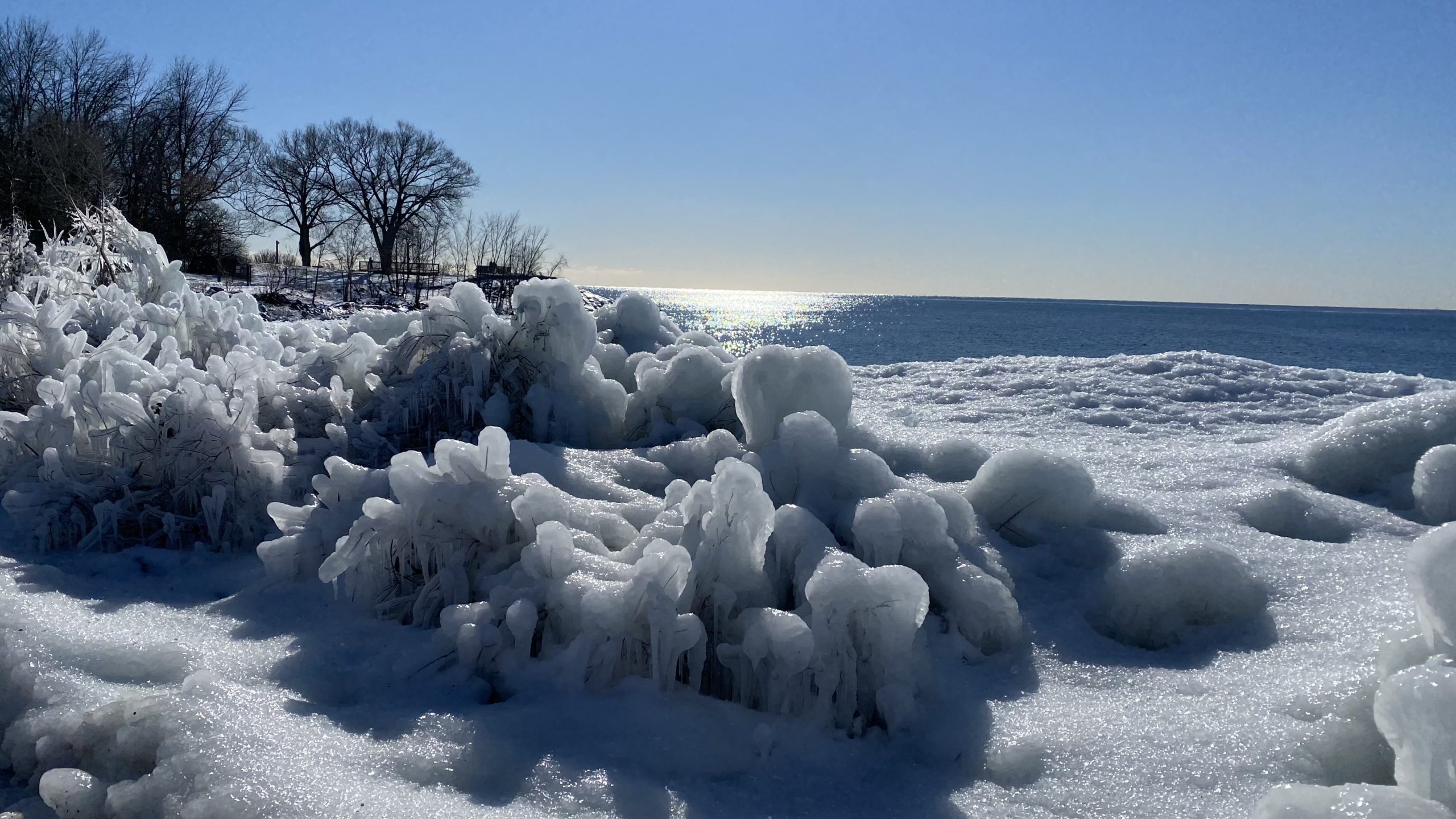
Biboon
Biboon is the Anishinaabe word for winter. In this word, it is understood that life comes to take a break and rest. Part of the word for winter, Boon, is a word part in Anishinaabemowin that means “stop.” This stopping and resting is important, for the land and us humans alike, to take the time to recharge.
The snow or Goon, as it is known in Anishinaabemowin, has a role in the environment — and in the Anishinaabe worldview, the snow is considered alive because of its role of cleaning the air and protecting and recharging the soils. The winter is a time for Anishinaabeg to share stories about our most revered mythological figures because it is during this time that the Nimkii-Bineshiinyig fly away to distant lands and Mishibizhiw is trapped under the ice.
Ice or Mkom in Anishinaabemowin is another amazing piece of the winter landscape. Ice or Mkom is one of the few solids that are less dense than its liquid form, giving it the ability to float. Mkom is also considered alive in the Anishinaabe worldview because of its role in trapping Mishibizhiw underwater, allowing Anishinaabeg to share stories about Mishibizhiw without fear of calling Mishibizhiw nearer. Biboon shows us the power of stopping, the power of water is amplified when its molecules slow to a near stop.
Biboon (Bi-boon) — It is winter
Goon (Goon) — Snow
Nimkii-bineshiinyig (Nim-kii-bi-ne-shiin-yig) — Thunder Birds
Mizhibizhiw (Mi-shi-bi-zhiw) — Great Serpent
Mkom (M-kom) — Ice
To learn more about native plants, visit re:grow.


